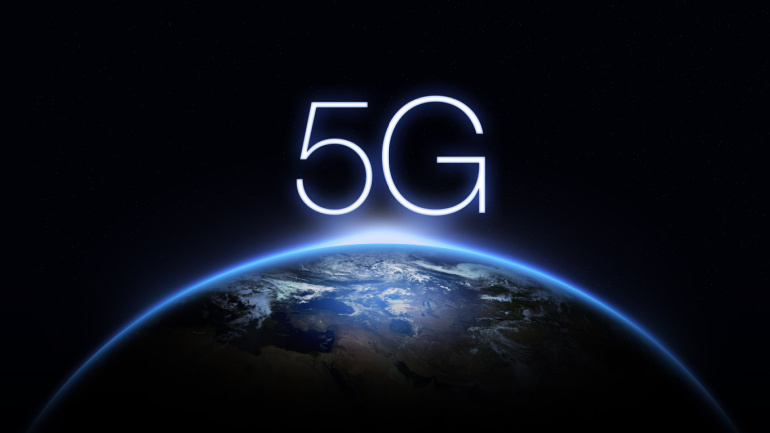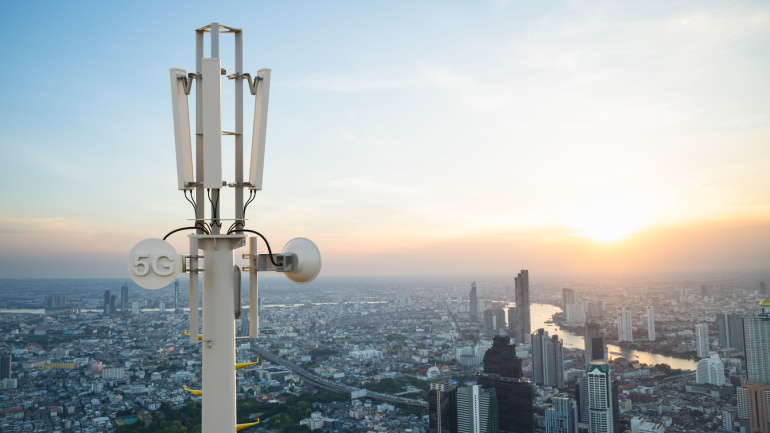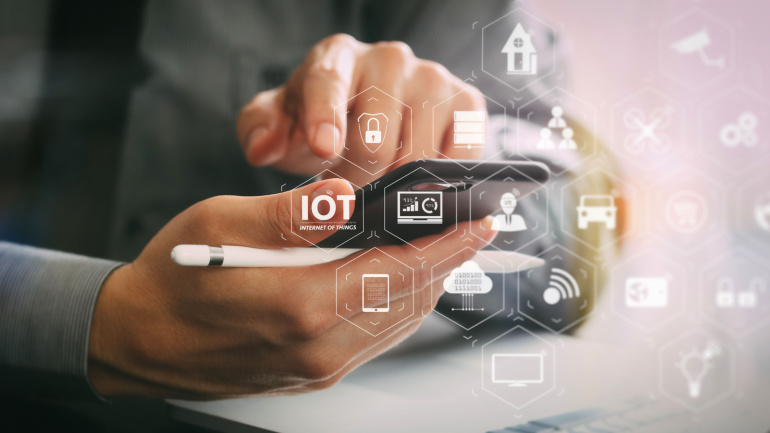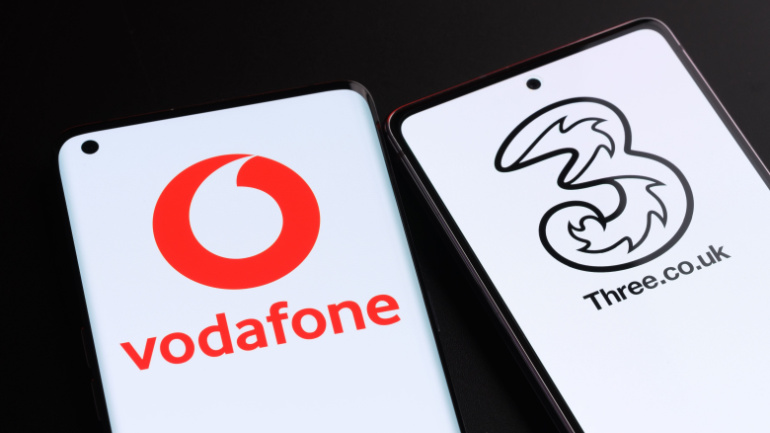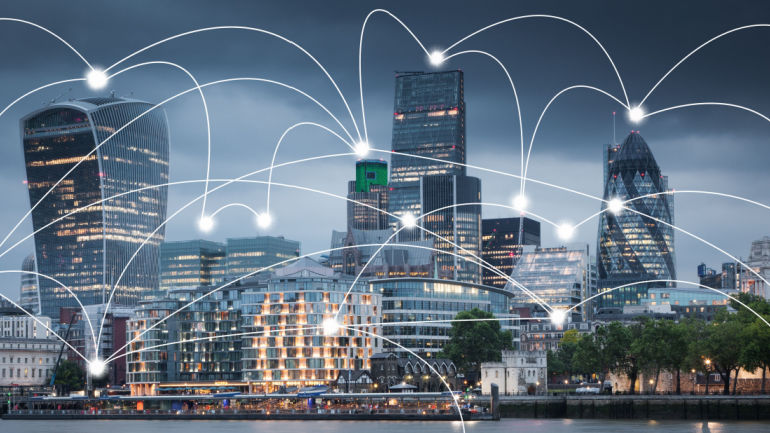While the UK initially took the lead in 5G deployment, recent metrics suggest a shift, with the UK now trailing behind other countries in 5G download speed and coverage. Despite these setbacks, the UK’s 5G journey is far from finished. This communication revolution isn’t just about winners or losers, but about creating a conducive environment for businesses to thrive, thus promoting economic growth and job creation.
Reliance Jio Infocomm is arming itself with a significant offshore loan around $2 billion to fuel its 5G ambitions, with sources pointing towards Swedish telecom giant Ericsson as a potential gear supplier. A noteworthy credit safety net from Sweden’s EKN credit agency plays a crucial role in this strategic play, while banking behemoth BNP Paribas is slated to disburse a massive chunk of the offshore funding.
Ericsson, the global telecom giant, has just shattered 5G records, achieving an incredible 5.7Gbps download speed by ingeniously blending three frequency bands. This breakthrough, a result of Ericsson’s advanced hardware, software and RAN coordination, opens a new horizon in performance boost and superior connectivity for 5G users. This latest success cements Ericsson’s spot at the forefront of the race for ultra-high-speed connectivity, even as competitors also explore the potential of carrier aggregation.
Transferring 5G workloads to the public cloud is proving slower than expected, leading financial firm Dell’Oro to adjust its growth predictions for 5G standalone (SA) solutions down. Despite this, a growth rate of 65% over five years is still anticipated. However, the slow adoption of 5G SA by mobile network operators and enterprises has led to a cautious approach. Hyperscale cloud providers look set to hold just 6% of total market revenue in the next five years, underscoring the remaining untapped potential in the 5G SA market.
As T-Mobile launches its 5G SA network slicing beta, it offers a unique window of opportunity to developers, aiming to improve video calling applications. With the rising demand for such apps in the remote work era, developers leveraging the tailored network slices could unlock applications showcasing faster speeds, decreased latency, and better reliability. As some experts express high hopes for the potential of network slicing, could this move revolutionize telecommunications amidst the surge in hybrid work?
T-Mobile has taken a bold step forward in the world of 5G technology, initiating the rollout of its latest innovation that promises lightning-fast speeds of up to 3.3Gbps. The breakthrough is achieved through carrier aggregation, a technique that combines four distinct 5G channels into one for compatible devices. At present, only Samsung’s newer Galaxy S23 phones are capable of harnessing this impressive speed boost.
Despite robust projections for 5G growth, the radio access network (RAN) equipment market experiences a downturn, according to Dell’Oro Group. A typical industry cycle shows that after the booming initial rollout of new mobile tech, stagnation follows as operators complete their spending cycles. However, 5G RAN could still expand by 20%-30% by 2027, failing to offset decreasing LTE investments. As telecom industry anticipates the inception of 6G, dwindling subscriber growth and restrained capital expenditures, due to economic considerations, are putting pressure on the market.
The future of telecommunications is rapidly changing thanks to the surge of Internet of Things (IoT) connections, with an anticipated 142 million 5G IoT roaming connections by 2027. This evolution promises increased speeds, reduced latency, and advanced services, setting the stage for a demand surge in standalone-specific 5G roaming agreements. However, despite these advancements, most connected devices will continue utilizing LTE-M and NB-IoT networks due to their compatibility with mixed traffic. A major hub for 5G IoT roaming is Western Europe, anticipated to host 21% of all such connections by 2027.
Vodafone UK is proclaiming the promise of 5G, with over 50% of UK adults agreeing that it could significantly impact their daily lives. But the telecom giant is also sparking conversation around its proposed merger with Three, a move believed to accelerate the UK’s digital future. The benefits of this merger extend to healthcare, utilities, and railways, showing strong potential to enhance these sectors through technologies enabled by 5G connectivity. However, this ambitious union faces challenges, including the controversial issue of spectrum distribution, crucial for 5G delivery. Yet, in the ever-evolving telecom landscape, it might be the willingness to navigate these challenges that determines their success.
Virgin Media O2 extends its RAN deal with Nokia, enhancing 4G and 5G coverage in the UK, while exploring potential 5G cloud RAN pilots. This partnership diversifies vendors and supports the nation’s digital transformation.




